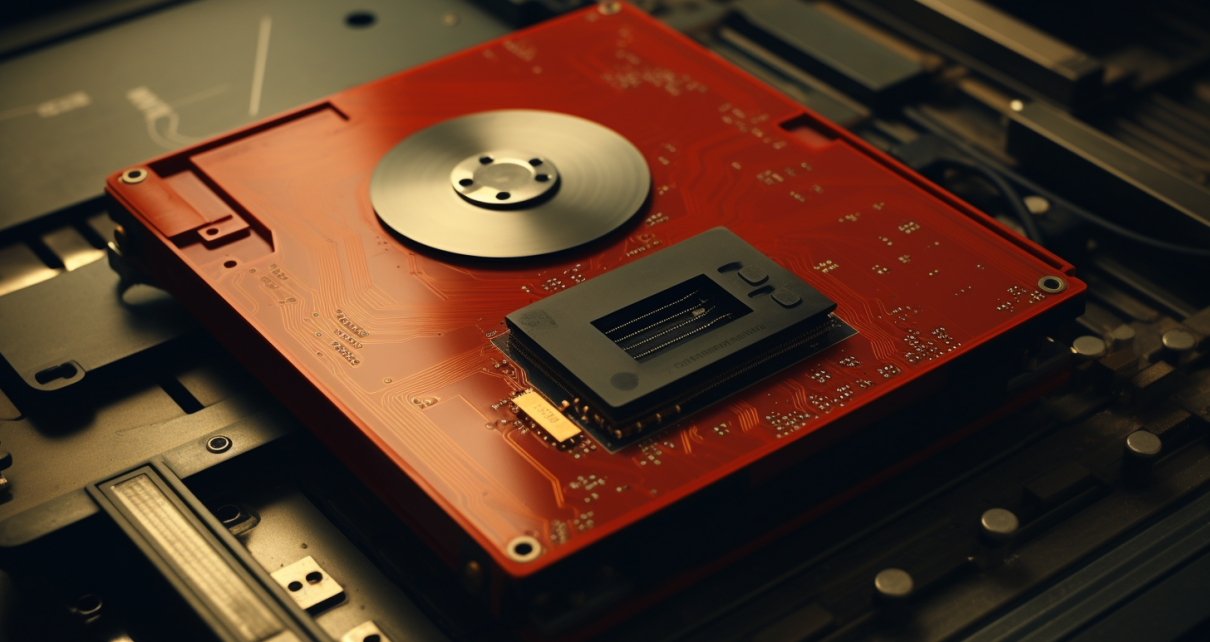In an era dominated by cloud storage and USB flash drives, the floppy disk appears as a quaint symbol of digital antiquity. Yet, this storage medium was once at the forefront of the electronic age, revolutionizing data storage and software distribution.
Developed in the late 1960s and popularized in the 1980s and 1990s, floppy disks were initially designed to store a mere few kilobytes of data. However, as technology advanced, they evolved, with their storage capacity increasing to 1.44 megabytes in the most commonly used 3.5-inch disks. This might seem minuscule today, but at the time, it was sufficient to hold essential documents, small software programs, and even video games.
The floppy disk’s influence extended beyond mere storage; it was integral in the spread of early personal computing. Software companies distributed their programs on floppies, and they became a staple in homes and offices for data transfer and backup. The physicality of the floppy also added a layer of user interaction with data not seen with today’s digital downloads and cloud services.
Despite being largely obsolete today, the floppy disk’s legacy is significant. It laid the groundwork for modern portable storage solutions and helped shape the user interface designs that are prevalent in current software applications. The floppy might no longer be a practical tool, but its role in the evolution of digital storage and personal computing remains a testament to its revolutionary impact.



